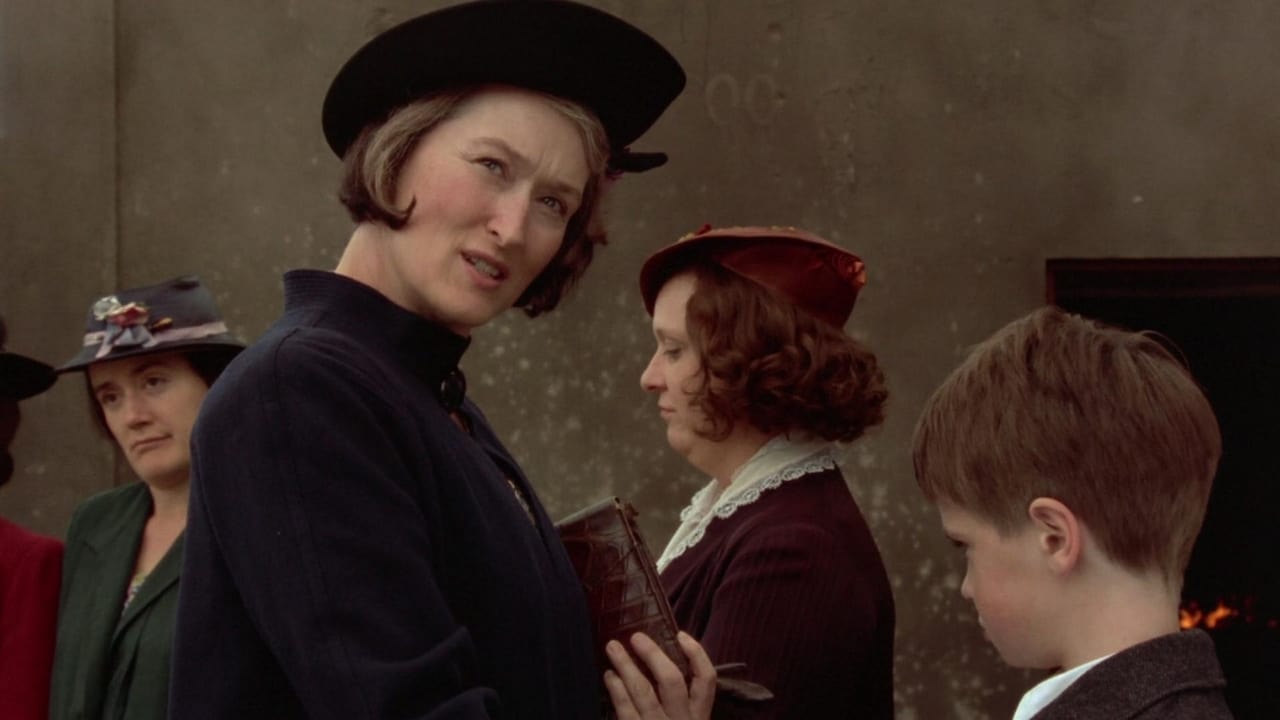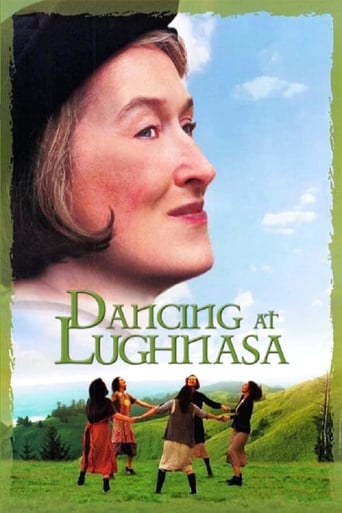

Whatever qualities are to be found in Pat O'Connor's film version of Brian Friel's "Dancing at Lughnasa" they are certainly not the qualities that made the play one of the masterpieces of Irish theater. Indeed, if anything, this screen version is something of a travesty. In adapting the play Frank McGuinness has not only abridged it but has virtually rewritten it, taking out passages that were in the original and inserting scenes and characters that are either pure invention or were only spoken of in the stage version.On the plus side, it is well-acted. As the Mundy sisters Kathy Burke, Brid Brennan, Sophie Thompson and Catherine McCormack are excellent. Surprisingly, it's Meryl Streep, in the pivotal role of the oldest sister Kate, who lets the side down. It's almost as if Streep was afraid to outshine her co-stars and was holding back; it's one of her least good performances. On the other hand, both Michael Gambon as the returning brother, (a part blown up from what it was in the play), and Rhys Ifans as the man who has impregnated the youngest sister, are fine. The film, too, isn't bad for what it is; what it isn't is a screen version of the Brian Friel play.
... View MoreI saw this play turned into a movie with my wife from a TIVO copy. We were so moved by its beauty, reality, pathos, characters, and what we took to be an authentic depiction of people and scenery in Ireland, at the time of the Spanish Civil War (1936), and of a certain simplicity in an insecure rural life, that I rushed upstairs to this computer to find out who wrote it--and what others may have made of it.I landed here--where several reviewers confirmed my belief that this is a "keeper". I will save it to be seen (and not to be missed) by all my children and grandchildren. I believe it is a rare chance to meet people whose world is very small, and often very plain, whose words you don't want to miss.
... View MoreGiven the luxury of owning films via DVD collections offers the opportunity to revisit at will the works the viewer found worthy of purchase. Such is the case with the luminous 'Dancing at Lughnasa', a 1998 release by director Pat O'Connor to the tunes of a lilting screenplay by Frank McGuinness based on Brian Friel's 1990 play of the same name. Though low key and not a popular hit at the box office, this is one of those rare films that combines a very simple tale about common folks brought to life by a cast of extraordinary actors.The story is set in Donnegal, Ireland in 1936 (just before WW II)choked the world) and simply relates the life of a family of five single sisters and the love child of one of them. The action is spare, centering on the visit of their brother home from the missionary work in Uganda inalterably changed from the experience, on the loss of job of the supporting eldest sister, and the return of the errant father of the love child for the summer, and other daily challenges. The stresses and strains these small events play on the sisters is eventually climaxed in the dancing festival that marks the Feast of Lughnasa (a persistent pagan celebration that challenges the very Catholic foundation of the Irish community), a compelling event that parallels the returned priest brother from the mission fields where he has gained insight into the desperate need for community, happiness, dancing and celebration as the essential needs of humankind.The cast is flawless: Meryl Streep is superb as the elder sister bitterly bound to holding the family together at all costs, Catherine McCormack as the mother of the lovechild, Kathy Burke, Sophie Thompson and Brid Brennan; Michael Gambon as the deranged returned brother; and Rhys Ifans as the errant father of the child. They interact and play like fine chamber music. The brilliantly green and gorgeous countryside is captured eloquently by Kenneth MacMillan. In every aspect of production the film fits like a tightly intertwined puzzle. It simply glows. Revisiting 'Dancing at Lughnasa' is an even finer trip than the first exposure. Highly Recommended.
... View MoreLike all those who have criticized this movie, I too missed the point, because to me it just seemed a less than ordinary movie about ordinary people. I never saw the stage play, perhaps here lies the rub: that kind of continuity that films need (and plays don't, being divided into macro scenes) is totally lacking. The result is that the structure of this movie slackens and shows gaps as big as those of matter at the molecular level. I agree, the setting is beautiful: movies dealing with peoples who have strong traditions and attachment to their land must inevitably try to make the landscape one more actor. But when a work of "art" (lesser art) shows so blatantly its inner pathos-inducing mechanism, then the use of a spectacular landscape just makes things worse, as in the case of Dancing at Lughnasa: "folkloristic" in the worst acceptation of the term. Exemplary in this sense the voice off of the boy, Michael, who in the end has the nerve to say something like "I will remember those years as the most beautiful of my life" after having spent the whole movie interacting with the characters much less than any of the bushes in Mundy family's courtyard.
... View More